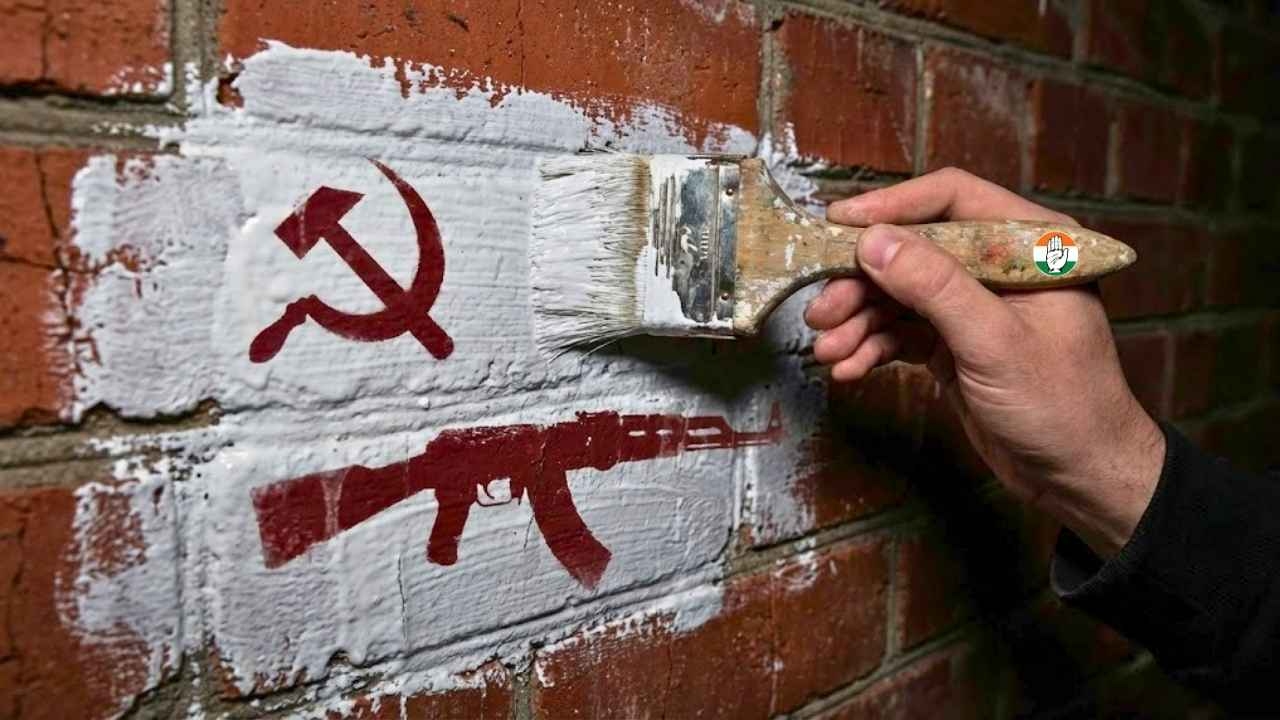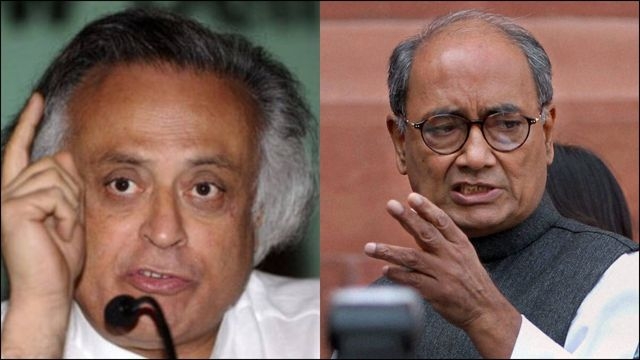How Congress and Alliances Whitewashed Maoist Terror in Bharat
23 Nov 2025 13:03:09

For years, Bharat’s internal security apparatus has battled a violent ideological insurgency that proudly calls itself Maoist. These armed groups have massacred civilians, ambushed security forces, destroyed infrastructure, and held entire districts hostage to the gun. Yet, astonishingly, some of India’s mainstream political leaders spent a decade offering legitimacy, sympathy, and moral cover to the Maoist project.
A review of public statements made by politicians of the then UPA shows their willingness to extend legitimacy to forces attempting to dismantle the government’s democratic system at gunpoint.
One only needs to look at the so called Father of Jungle Raj, whose sons were left with little more than pockets of votes in the recent Bihar elections. In 2010, Lalu Prasad claimed that Naxals do not target ordinary people at all. At a time when Naxalites were blowing up trains, massacring civilians, and executing poor tribals labelled as informers, he calmly insisted that they only kill spies. This is the sort of language expected from a Maoist pamphlet, not from a senior Indian politician.
Not to be outdone, Congress veteran Digvijay Singh went on television and offered Maoists a new label, calling them misguided. Not enemies. Not terrorists. Merely misguided ideologues who must be handled with kid gloves. He even suggested that India must not use the military and must not treat Maoists as a national security threat. In essence, he urged the nation to accept paralysis and call it resistance to social ills. It is worth noting that Digvijay Singh is the same politician who once shared a stage with and admired Dr Zakir Naik, a man accused of promoting radical ideas and pushing youth towards jihad while relentlessly attacking Sanatan Dharma.

Then came Jairam Ramesh with the elite liberal flourish that has become predictable in drawing room politics. Instead of addressing the violent anti-state Maoist movement or advocating firm action, he chose to blame India’s land acquisition laws. According to his view, millions of displaced tribals were the reason Maoism spread. The argument suggested that Maoists were community grievance volunteers rather than armed guerrillas demanding the overthrow of the Republic. By reducing a foreign inspired insurgency to a development problem, he effectively provided Maoist commanders with a moral justification they themselves never articulated so boldly.
MUST READ: The Problem of Internationalism: How Communist Ideology Betrayed India's Freedom Struggle
The thread connecting these statements is no coincidence. It reflects an entrenched political mindset that consistently romanticised extremist violence, humanised those who kill in the name of ideology, and demonised the Indian State for defending itself. It also set examples for digital campaigns run by elite leftists who masquerade as champions of freedom. For decades, this mindset within Congress and its alliances paralysed Bharat’s ability to take decisive action.
Crushing Maoist insurgency after 2014
The post 2014 security doctrine transformed India’s approach to Left Wing Extremism by replacing appeasement with unequivocal national resolve. For the first time in decades, Maoists were treated not as misguided ideological rebels but as what they are. This clarity triggered measurable results. According to Home Ministry data, Maoist incidents declined by more than 60 percent between 2014 and 2024, and deaths dropped by nearly 70 percent. Over 22 districts have been removed from the LWE affected list, and security forces reclaimed thousands of square kilometres once controlled by Maoist cadres.

Simultaneously, infrastructure in the form of roads, mobile towers, and health centres expanded into regions where the echoes of Lal Salam once dominated. Participation of vanvasis in elections surged, with turnout in several former hotbeds exceeding 70 percent. The shift from political softness to strategic firmness dismantled the Maoist ecosystem and restored democratic authority where fear once ruled.
Article by

Kewali Kabir Jain
Journalism Student, Makhanlal Chaturvedi National University of Journalism and Communication